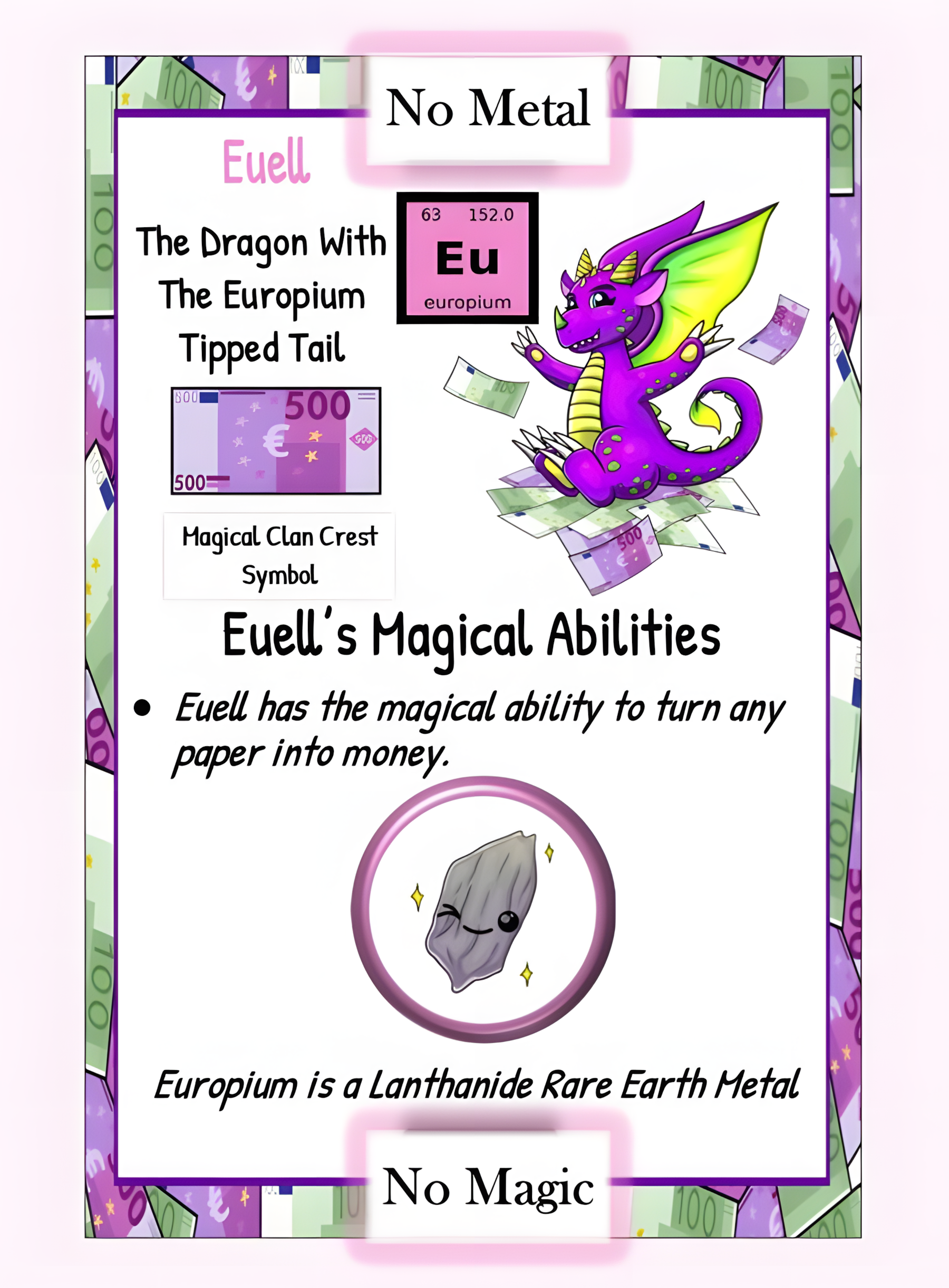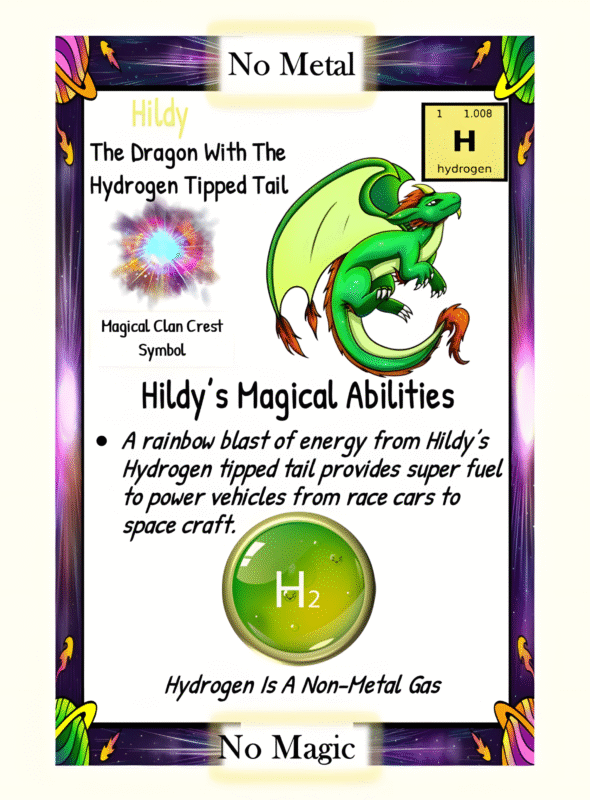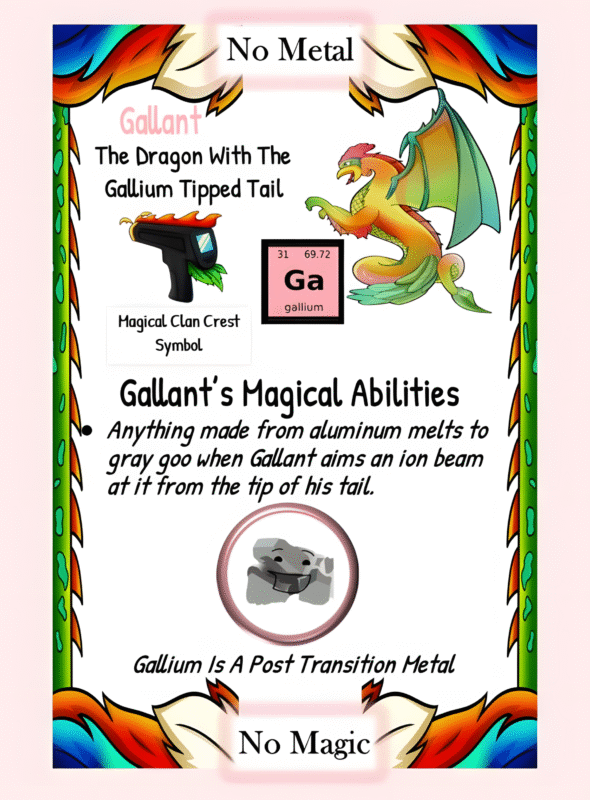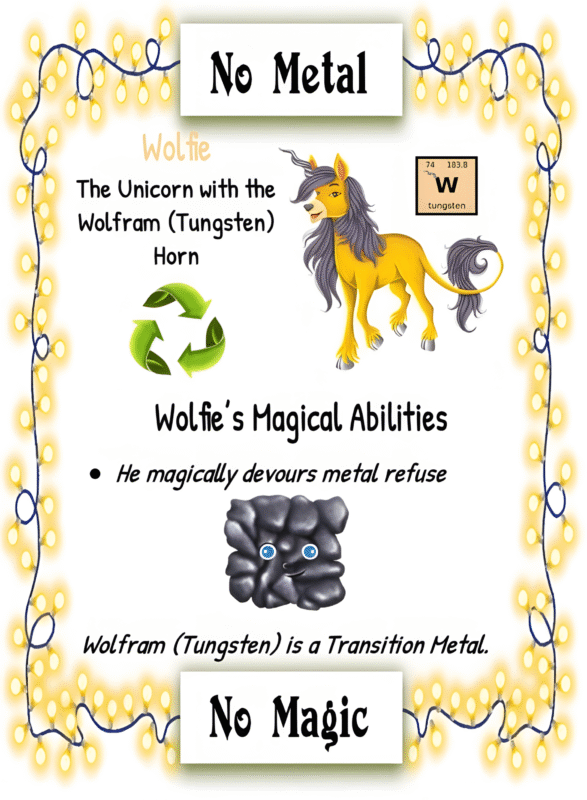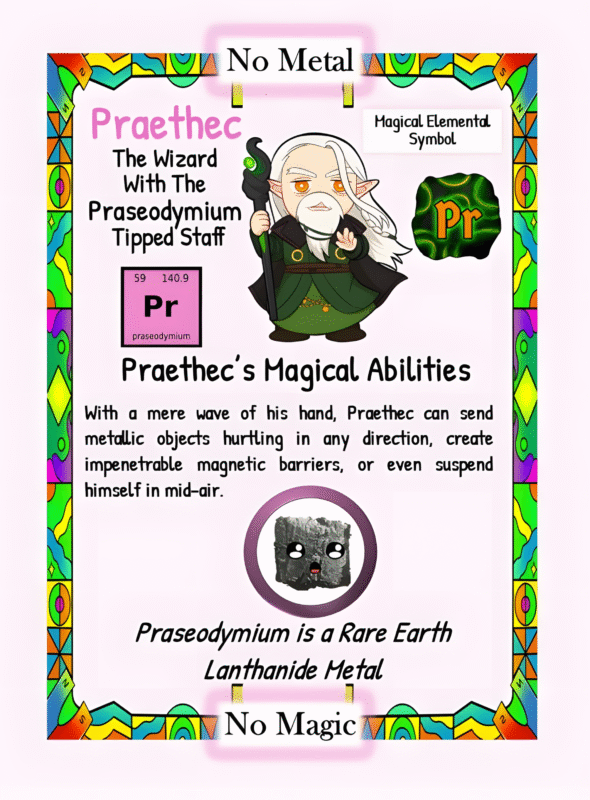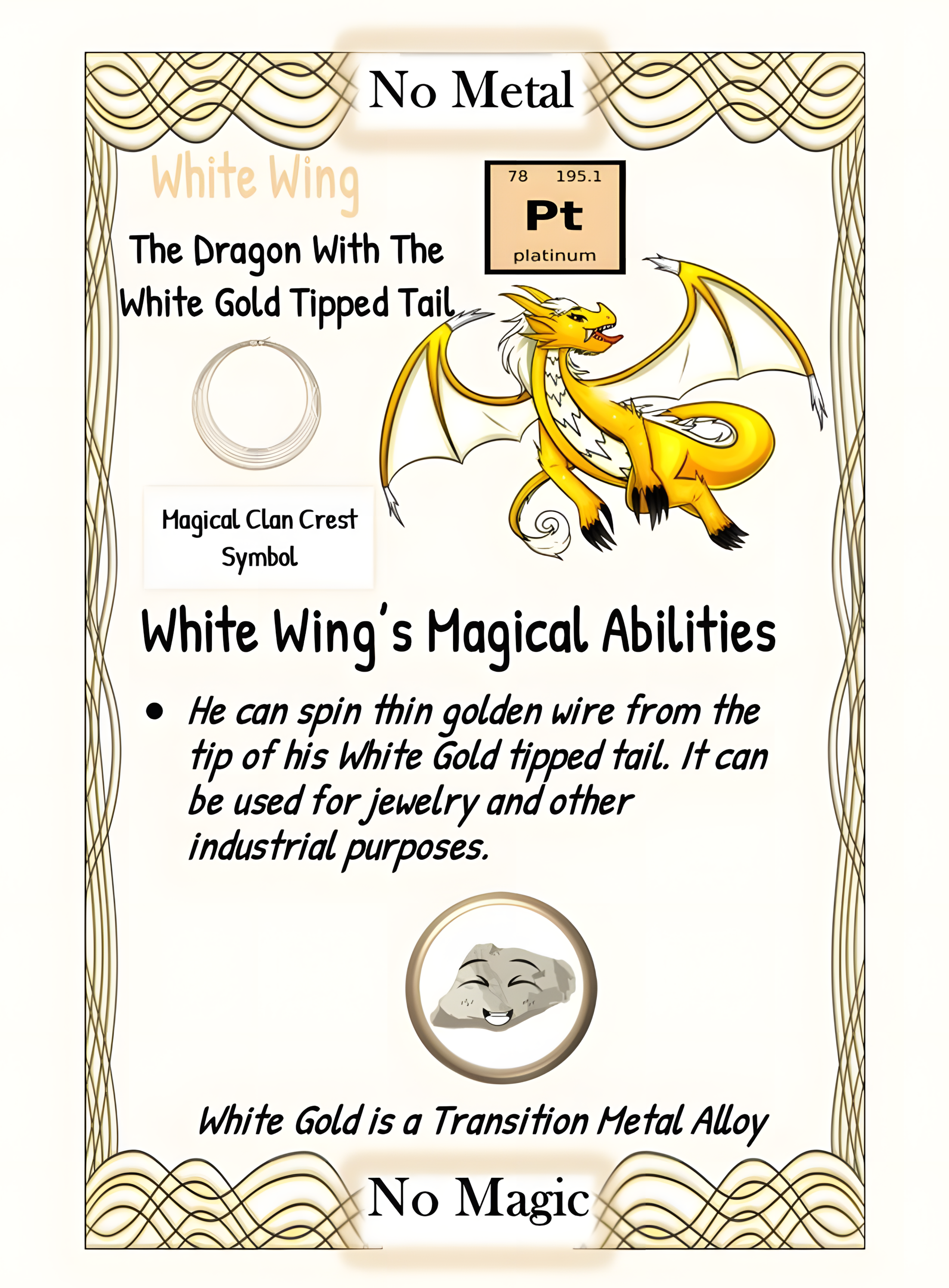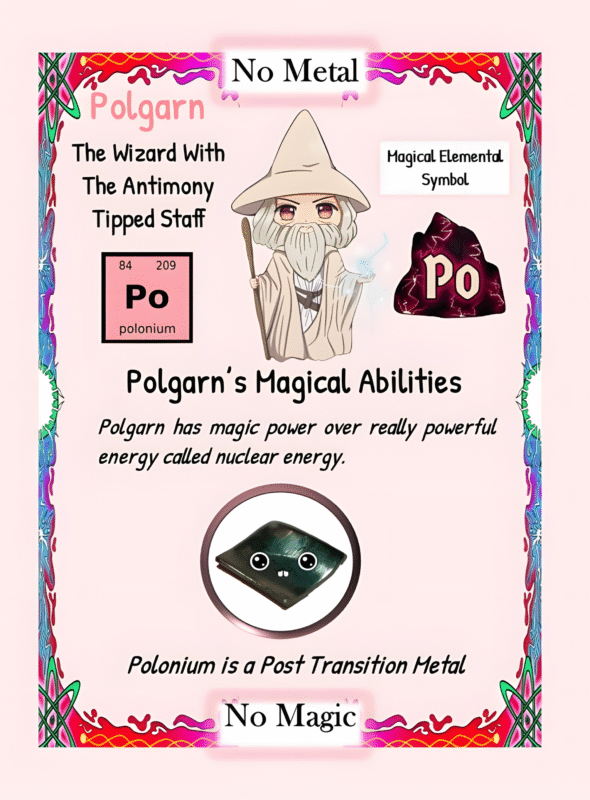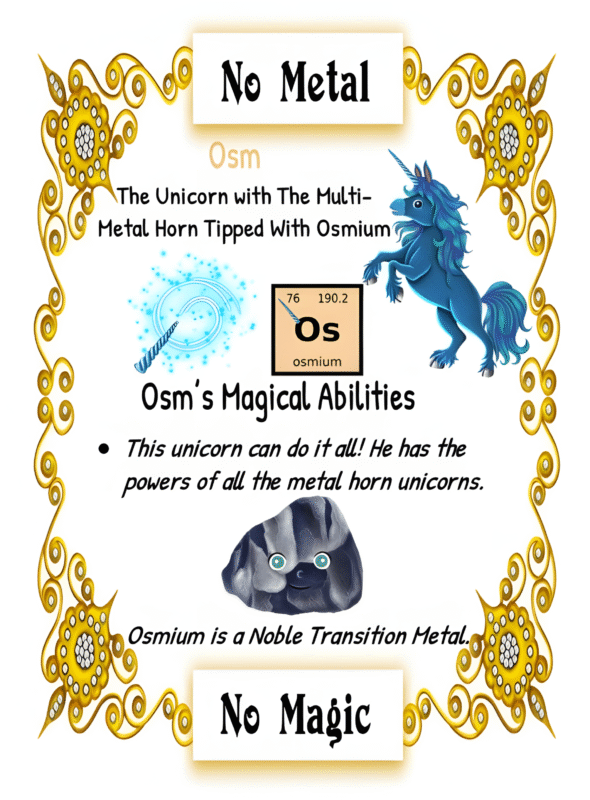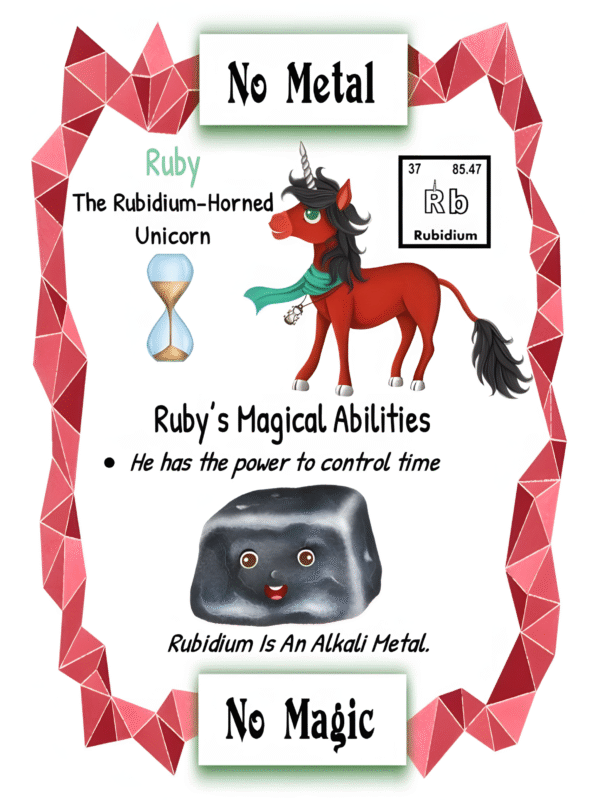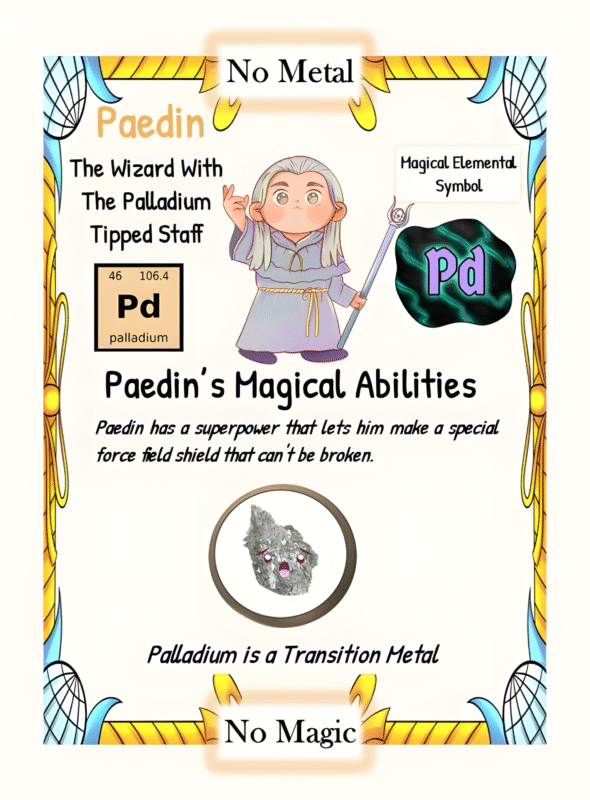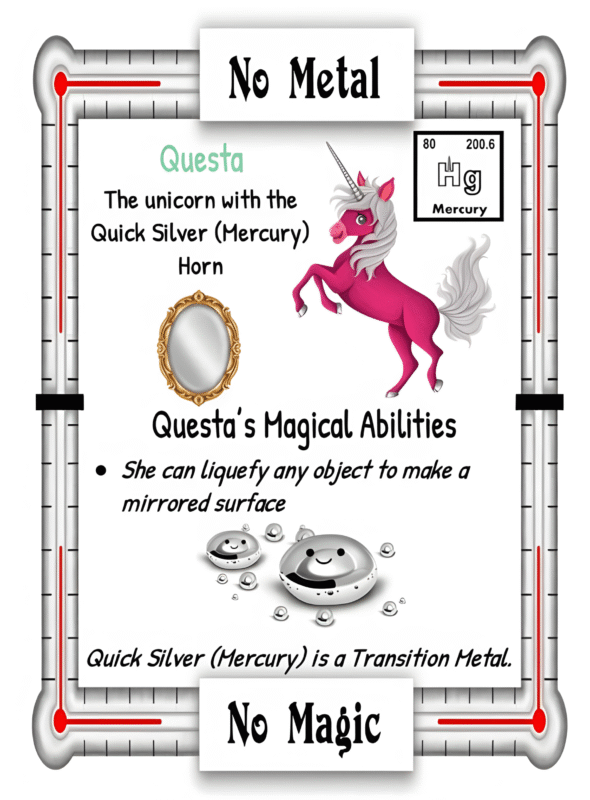Exploring the First Uses of Europium: A Shining Light on Its Evolution
Europium, a rare earth element with atomic number 63, has fascinating peculiarities that have made it extremely valuable in various applications throughout history. Despite its early importance in certain industries, its usage for those initial purposes has greatly diminished over time. This article delves into the first uses of europium and highlights the reasons behind its diminishing relevance in those areas.
The Discovery of Europium:
The discovery of europium dates back to 1890, when Paul Émile Lecoq de Boisbaudran, a French chemist, isolated the element from samarium-gadolinium concentrates. It was named after the continent of Europe, as several other elements had already been named after prominent scientists.
First Uses:
- Color Television Screens:
The primary use of europium in its early years was in cathode ray tubes (CRT) used for color television screens. Europium’s ability to produce a vivid red phosphorescent glow made it an ideal component for the creation of the red color on CRT screens. The red phosphorescence emitted by europium-enabled the production of high-quality color images. - Fluorescent Lamps:
Europium also found its way into fluorescent lamps, where it served as a phosphor coating. Combining europium with other elements allowed for the production of fluorescent lamps with specific colors. For instance, the addition of europium to a lamp’s phosphor composition could create a blue glow when excited by ultraviolet light. - Security Measures:
Europium possesses unique luminescent properties, which led to its use in security applications. Banknotes, passports, and other important documents often had europium-based phosphor coatings added to deter counterfeiting attempts. These coatings emitted distinctive colors that could be easily detected using UV light, making it challenging for counterfeiters to replicate them.
Why Europium’s Uses Faded:
- Technological Advancements:
The rapid advancement of technology in recent decades contributed to the diminishing use of europium. With the emergence of liquid crystal displays (LCD) and, subsequently, light-emitting diode (LED) technology, the demand for cathode ray tubes and fluorescent lamps plummeted. Europium-based phosphor screens became obsolete, replaced by more energy-efficient and compact alternatives. - Environmental Concerns:
Another factor that led to the decline of europium’s use in the consumer market was the growing awareness of its environmental impact. Europium, like other rare earth elements, is extracted through complex and environmentally detrimental mining processes. As environmental consciousness grew, there was a push towards finding alternative materials that were more environmentally friendly and sustainable.
Europium’s Current Uses:
Despite its diminishing relevance in some areas, europium has found new applications in modern technology, including:
- Lasers and Optical Devices:
Europium-doped lasers have gained prominence in various fields, including telecommunications and material science. The element’s unique properties and ability to efficiently emit and absorb light make it suitable for laser technology. - Magnetic Resonance Imaging (MRI):
Europium’s magnetic properties have made it a valuable component in certain contrast agents used in MRI. Europium complexes are employed to enhance image quality and improve the diagnosis and visualization of specific areas or tissues within the body.
Europium, with its unique luminescent and magnetic properties, had its humble beginnings in television screens, fluorescent lamps, and security features. However, changing technological landscapes and growing environmental concerns have contributed to its decreased usage in these areas. Despite this, europium continues to find applications in modern technology, expanding its horizons in the fields of lasers and MRI. As research and development progress, we may discover new and exciting uses for europium in the future, making it an element worth keeping an eye on.
This article is brought to you by Sybrina Durant, the author of the middle grade picture book, Magical Elements of the Periodic Table Presented Alphabetically By The Elemental Dragons. Learn More. In that book Europium is presented by the dragon, Euell.
Inter-Active Elemental Fantasy-Themed Periodic Table from Magical Elements of the Periodic Table Presented Alphabetically by The Elemental Dragon Clan
Click here to use This Inter-Active Viewer To Learn More About The Elements Each Elemental Represents On This Periodic Table. Want this in a 24″ x 36″ Poster? Click here.
Sybrina Publishing Offers Fun Activities Based On The Book
Magical Elements of the Periodic Table Magical Elementals
Browse Magical Elemental Activities at MagicalPTElements or Sybrina-Publishing on TPT or Classful

